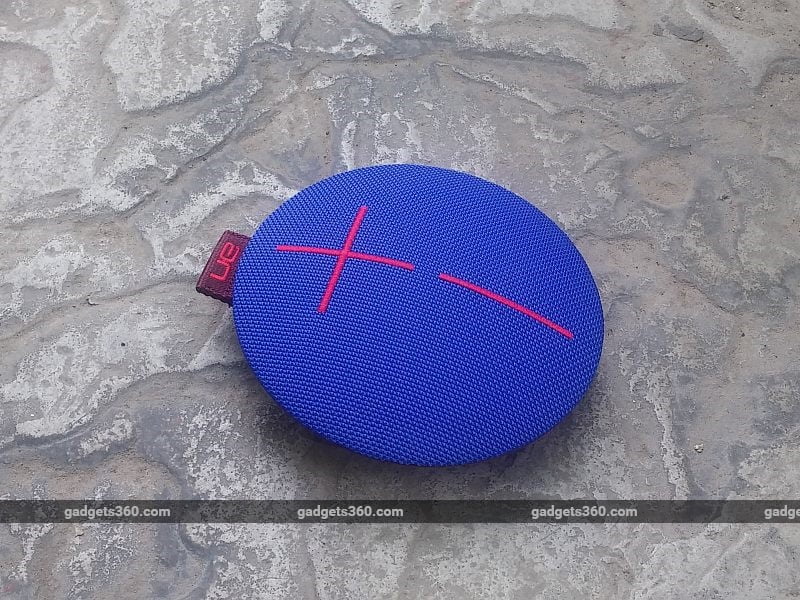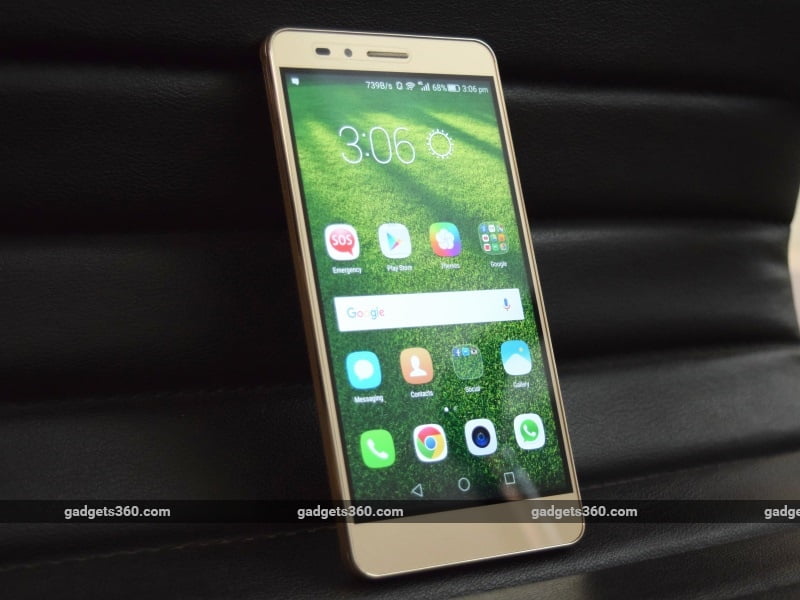
As indoor and outdoor pollution levels rise, it is becoming increasingly important to maintain clean indoor air. From dust and allergens to mould spores and harmful gases, indoor air can often contain hidden pollutants that affect health and comfort. A range of innovative devices now make it easier to monitor and improve indoor air quality. Take a look at five useful gadgets that can make your home life easier.
- Most people agree that air purifiers are one of the best ways to improve indoor air quality. They are fitted with HEPA (High-Efficiency Particulate Air) filters, which allow them to catch pollen, pet dander, dust, and some bacteria as small as 0.3 microns in the air. People who have allergies or live in households with pets will especially appreciate these devices. Some advanced models also combine HEPA filtration with UV-C light technology, providing an additional layer of protection by neutralising microorganisms.
- Understanding the various substances in the air is made easier with the assistance of smart air quality monitors. Volatile organic compounds (VOCs), PM 2.5 particles, and humidity are among the pollutants they monitor. These compact sensors display real-time data on mobile apps, enabling homeowners to adjust ventilation or activate purifiers as needed.
- Humidifiers Dry indoor air can lead to respiratory discomfort and skin irritation, especially in colder months. Smart humidifiers keep the right amount of moisture in the air—between 40% and 60%—to prevent dryness and improve respiratory health. Additionally, some models allow the addition of essential oils for a cleaner environment and clean water before releasing the mist.
- UV Air Treatment Systems, often integrated into HVAC units, these gadgets use ultraviolet light to kill bacteria, viruses, and mould spores as air circulates. This creates an additional barrier against airborne pathogens, reducing the spread of illnesses. Such systems are particularly useful during flu season or in homes with vulnerable individuals.
- Smart Thermostats Modern smart thermostats offer air quality monitoring features in addition to temperature control. They can detect when indoor air becomes polluted and automatically trigger ventilation systems to refresh the air. Real-time data is accessible via mobile apps, enabling users to maintain healthy indoor conditions with minimal effort.










